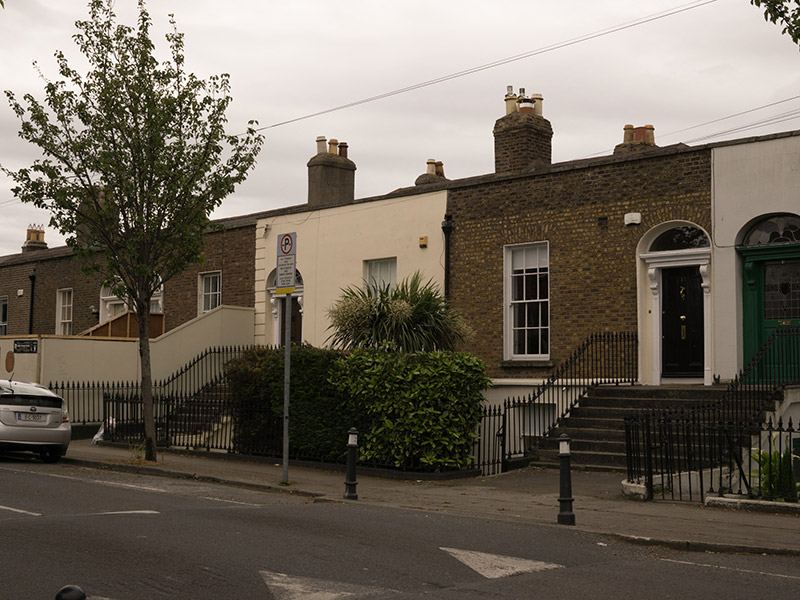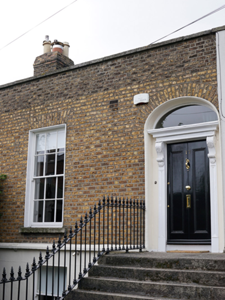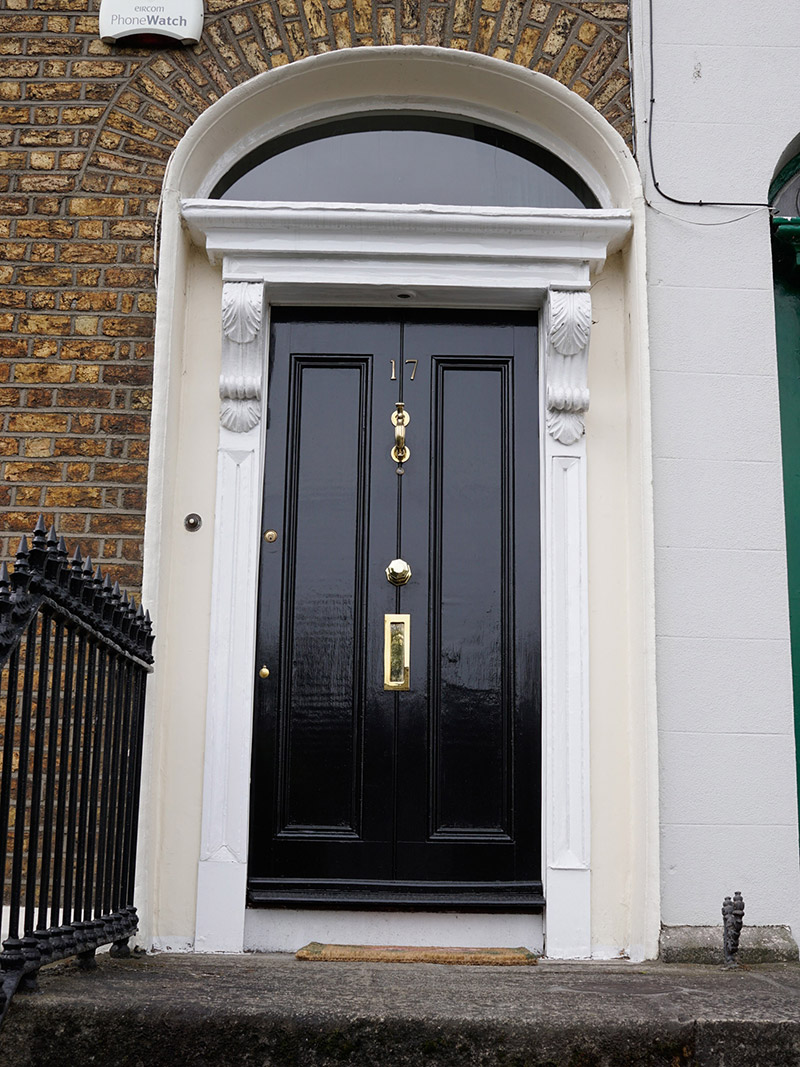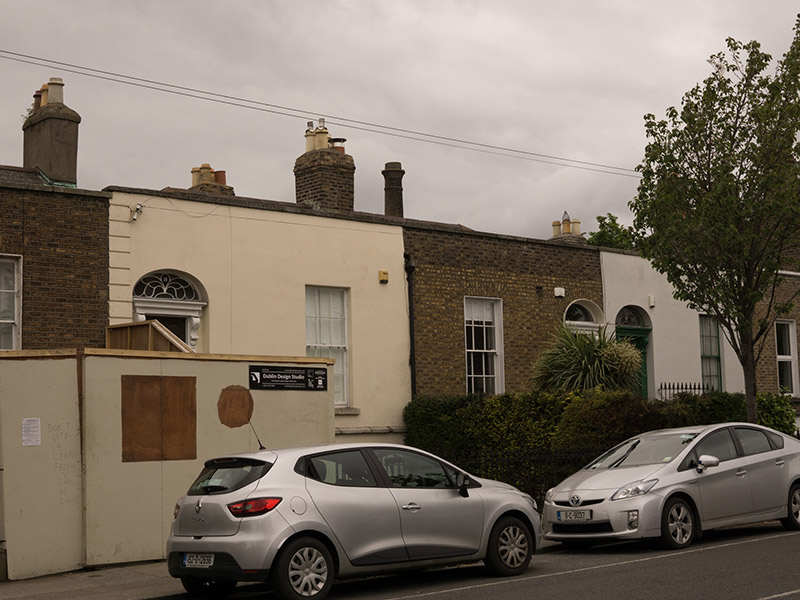Survey Data
Reg No
50110265
Rating
Regional
Categories of Special Interest
Architectural, Artistic
Original Use
House
In Use As
House
Date
1840 - 1860
Coordinates
315361, 233007
Date Recorded
30/04/2017
Date Updated
--/--/--
Description
Terraced two-bay single-storey house over basement, built c. 1850. M-profile pitched slate roof with clay ridge tiles, partly hidden behind rebuilt parapet having cut granite coping. Brown brick chimneystacks with clay pots. Cast-iron rainwater goods. Yellow brick, laid in Flemish bond, to walls. Cut granite plinth course and lined-and-ruled rendered basement walls. Square-headed window opening having rendered reveal and granite sills, with six-over-six pane and two-over-two pane timber sliding sash windows. Elliptical-headed door opening with moulded render surround. Doorcase comprising panelled pilasters, fluted console brackets having acanthus leaf detail, and stepped cornice. Plain fanlight and timber panelled door. Cast-iron bootscrape to granite platform. Granite steps flanked by cast-iron railings, with fleur-de-lis finials. Matching railings to front set on carved granite plinth wall.
Appraisal
This house is enhanced by the retention of historic features such as the classically influenced doorcase and variety of windows, which create an attractive patina of age. The cast-ironwork adds technical interest and attests to the skill and artisanship in the mass production of iron in the mid-nineteenth century. Heytesbury Street, named after Baron Heytesbury, Viceroy 1844-6, was first laid out in 1846 and was nearing completion by 1861. The streetscape maintains much of its original character, with well-preserved classically-influenced brick houses, many with Greek revival details, creating a strong sense of rhythm and order.







